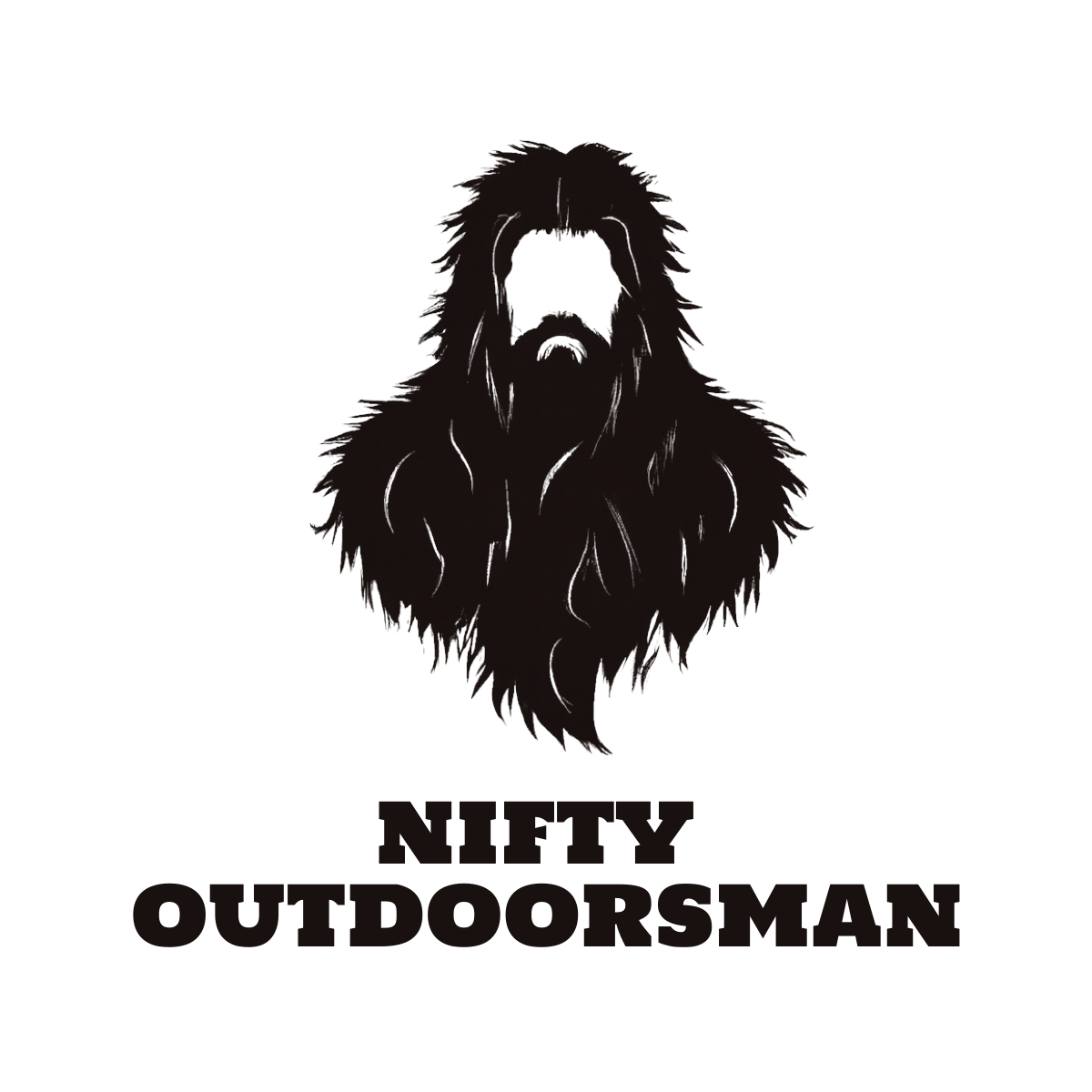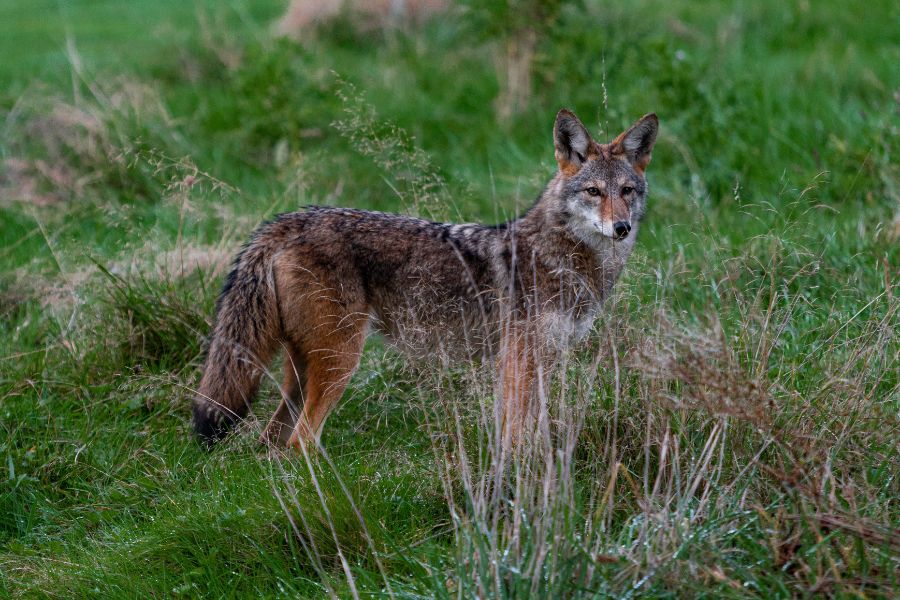Coyote hunting has gained popularity as a means of population control and wildlife management. While firearms such as shotguns and rifles are commonly used, an increasing number of hunters are considering the use of air rifles for coyote hunting. In this article, we will explore the feasibility and considerations of hunting coyotes with an air rifle.
Seneca Big Bore Light Hunter 45 caliber
The Seneca Big Bore Light Hunter is an air gun that shoots up to a 45 caliber slug at up to 750 feet a second. This air gun has two air chambers is easy to reload and has an 11mm rail for mounting a scope. This Air Gun packs plenty of energy and is still light and small enough that it can be easily carried to a stand or blind.
Hatsan Piledriver Big Bore 50 caliber
This air rifle can launch a 50 caliber slug at up to 800 feet per second so it is sure to pack a punch. This air rifle is in a bullpup design which helps accommodate its 33-inch barrel while keeping it compact. This air rifle can get up to 6 full power shots and is effective out to 120 yards.
Umarex Hammer 50 caliber
The Hammer is a more budget-friendly option that still offers plenty of power and is still high quality. This air rifle can shoot a 50 caliber pellet at 1150 feet a second and has up to 4 full power shots. If you want a more affordable air rifle that still has plenty of energy but fewer shots you should look at this air rifle.
Benjamin Bulldog 357 caliber
The Bulldog is not as powerful as the other air rifles mentioned but it makes up for its lack of power with its 5 shot magazine which allows for quick follow up shots. This uniquely designed airgun has over 26 inches of Picatinny rail, comes with a cleaning kit, and is a compact 36 inches long. If you need an air gun that is small, easy to carry, and doesn’t break the bank you should look at this air gun.
Hatsan Hercules Bully 45 caliber
This air rifle is for those who want a complete package with their air rifle. This air rifle comes with a 3-9 scope, a carry case, and pellets. This rifle can launch a pellet at 850 FPS so it is sure to do some damage to a coyote. If you want a complete package with your air rifle look at this one.
Understanding Air Rifles
Air rifles are firearms that use compressed air to propel projectiles. They come in various calibers and power levels from .117 caliber to 50 caliber and from 400 FPS to well over 1000 FPS, offering a wide range of options for different hunting applications. Modern air rifles utilize pre-charged pneumatic (PCP) systems or spring-piston mechanisms to generate power.
Considerations for Coyote Hunting
When considering hunting coyotes with an air rifle, several important factors should be taken into account:
Legal Considerations:
Before embarking on coyote hunting with an air rifle, familiarize yourself with local hunting regulations. Different jurisdictions may have specific rules regarding the use of air rifles for hunting, including caliber and energy requirements.
Power and Caliber:
For coyote hunting, a sufficiently powerful air rifle is essential. Opt for a .22 or .25 caliber air rifle with a muzzle energy exceeding 30 ft-lbs (foot-pounds) to ensure effective takedowns. Higher-powered models can deliver more energy, providing a better chance of a clean and ethical kill.
Shot Placement and Accuracy:
Precision shot placement is crucial when hunting coyotes with an air rifle. Coyotes are resilient animals, and accurate shots targeting vital areas like the heart or lungs are necessary for humane kills. Regular practice to improve accuracy is vital, ensuring ethical hunting practices.
Range Limitations:
Air rifles typically have shorter effective ranges compared to firearms. When hunting coyotes, it is recommended to engage targets within a range of 50 yards or closer. Beyond this range, the projectile may experience a drop in energy and accuracy, potentially leading to wounded animals.
Hunting Tactics:
Coyotes are intelligent and elusive animals, requiring hunters to employ effective hunting tactics. Common techniques include using electronic calls to attract coyotes, utilizing camouflage to blend into the surroundings, and positioning oneself downwind to minimize scent detection.
Conclusion
Hunting coyotes with an air rifle is a viable option under specific conditions and considerations. Compliance with local hunting regulations, selection of an appropriate caliber and power level, and practicing accurate shot placement are crucial for successful and ethical hunts. It is also important to understand the limitations of air rifles in terms of effective range and to employ effective hunting tactics.

